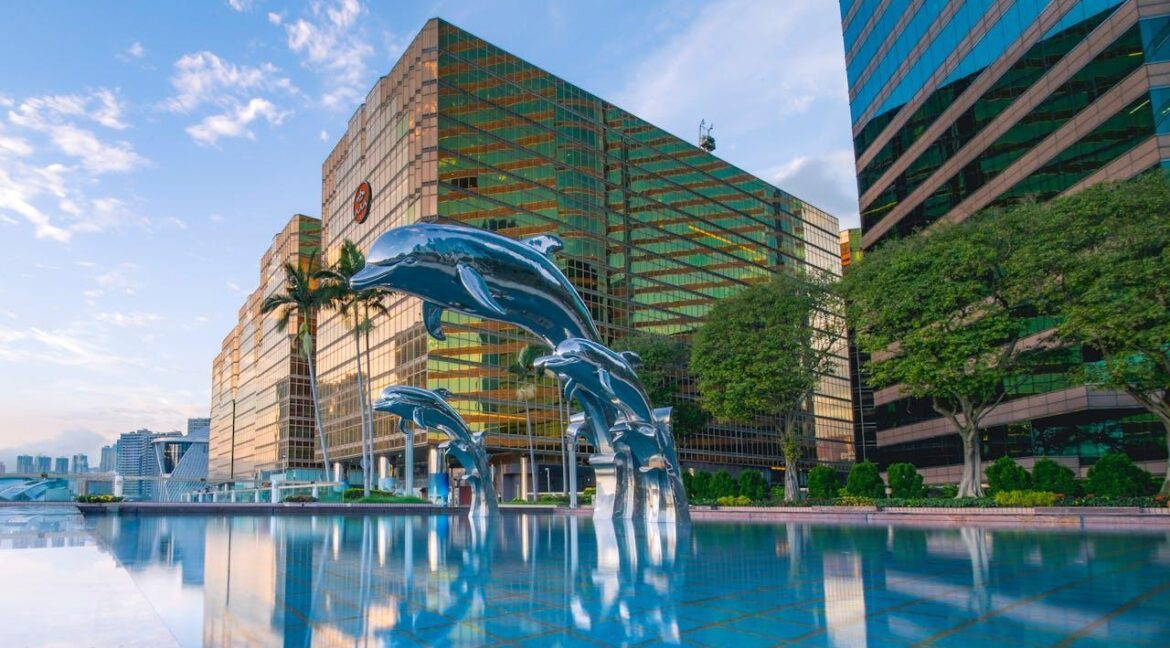Understanding the impact of economic cycles on commercial real estate is vital for investors, property managers, and business owners. Economic cycles, characterized by phases of expansion, peak, contraction, and trough, significantly influence commercial real estate markets. These cycles determine property values, rental rates, and overall investment viability.
Economic Expansions: Booming Real Estate Markets
During economic expansions, commercial real estate markets typically experience growth. Economic expansions are periods of robust economic activity characterized by increased consumer spending, business investments, and job creation. These conditions often lead to a higher demand for commercial spaces such as offices, retail outlets, and industrial properties.
As businesses expand, they seek additional office space to accommodate growing workforces. Retailers open new stores to cater to increased consumer spending, and manufacturing firms require larger industrial spaces to boost production. Consequently, rental rates rise, property values appreciate, and vacancy rates decline. Investors view commercial real estate as a lucrative asset class during these times, driving up market activity and competition.
Peaks: Market Saturation and Stabilization
Economic peaks signify the zenith of economic activity before a downturn begins. During this phase, the commercial real estate market often reaches its highest levels of demand and pricing. However, peaks can also signal potential oversupply issues, where the construction of new commercial spaces exceeds demand.
Market saturation becomes a concern as businesses may struggle to find tenants for newly developed properties. While rental rates and property values may remain high, the rate of increase slows down, and the market starts to stabilize. Investors become cautious and wary of potential declines in property values and rental income.
Contractions: Navigating the Downturn
Economic contractions slow economic activity, leading to decreased consumer spending, reduced business investments, and job losses. The commercial real estate market feels the impact of these changes as demand for office, retail, and industrial spaces declines.
During economic contractions, vacancy rates rise, and rental rates may decrease as landlords compete for tenants. Property values can decline, resulting in a challenging environment for investors. Businesses may downsize or close, leading to an oversupply of commercial spaces. Investors and property managers must navigate this phase by focusing on tenant retention, maintaining property conditions, and exploring creative leasing strategies.
Troughs: Opportunities in Adversity
Troughs represent the lowest point of economic cycles, characterized by reduced economic activity and subdued market conditions. While this phase can be challenging, it also presents unique opportunities for savvy investors and business owners.
Property prices and rental rates are typically at their lowest during troughs, making it an ideal time for investors to acquire commercial real estate at a discount. Businesses can negotiate favorable lease terms, reducing their operational costs. Property owners may use this period to renovate and upgrade their properties, positioning themselves for success when the market eventually recovers.
Moving Commercial Operations Smoothly
Moving commercial operations, especially during economic transitions, can be complex. This is where Best Long Distance Movers’s database of movers comes into play. These platforms offer a curated list of reliable moving companies, making it easier for businesses to relocate efficiently. The benefits include access to professional services, competitive pricing, and a seamless moving experience, ensuring minimal disruption to business operations during relocation.

The Role of Government Policies and Interest Rates
Government policies and interest rates play a critical role in shaping the impact of economic cycles on commercial real estate. When economic downturns happen, governments execute incentives to boost monetary activity. These measures can include tax incentives, grants, and infrastructure investments that indirectly benefit the commercial real estate market.
Interest rates set by central banks also influence the cost of borrowing for real estate investments. Lower interest rates make financing commercial real estate projects more affordable, stimulating market activity during economic contractions. Conversely, higher interest rates can dampen investment enthusiasm during expansions by increasing borrowing costs.
Sector-Specific Impacts
The impact of economic cycles on commercial real estate can vary across different sectors. Office spaces, retail properties, and industrial buildings respond differently to economic changes.
Office spaces are highly sensitive to economic cycles as businesses adjust their workspace needs based on financial conditions. The demand for office space surges during expansions, while contractions lead to downsizing and increased vacancies. Retail properties also fluctuate with economic cycles, driven by consumer spending patterns. Economic expansions boost retail sales, leading to higher demand for retail spaces. Conversely, reduced consumer spending can result in store closures and higher vacancy rates during downturns.
Industrial properties, including warehouses and manufacturing facilities, are influenced by production and distribution activities. Economic expansions drive demand for industrial spaces, while contractions lead to decreased production and reduced demand.
The Benefits of Technology in Navigating Economic Cycles
In today’s digital age, technology plays a crucial role in helping commercial real estate stakeholders navigate economic cycles. Advanced data analytics, artificial intelligence, and property management software provide valuable insights into market trends, tenant behavior, and property performance.
For instance, data analytics can help property managers identify potential vacancy risks and adjust rental rates accordingly. Artificial intelligence can optimize property maintenance schedules, reducing operational costs. These technological tools enable real estate professionals to make informed decisions, mitigating the adverse effects of economic downturns and maximizing opportunities during expansions.

Regional Variations: The Case of Maryland
Regional variations also influence the impact of economic cycles on commercial real estate. Maryland’s proximity to major economic hubs like Washington, D.C., and Baltimore can buffer the state from severe economic downturns, providing a more stable commercial real estate market.
Investors and businesses in Maryland benefit from a diversified economy, with sectors such as government, healthcare, and education providing consistent demand for commercial spaces. This economic diversity helps mitigate the effects of economic cycles, ensuring a more resilient real estate market. Additionally, long-distance movers in Maryland make it easier for businesses to relocate, further enhancing the state’s appeal for commercial investments. Understanding these regional economic dynamics is crucial for making informed investment and leasing decisions, allowing stakeholders to anticipate better and respond to market changes.
Preparing for the Next Economic Cycle
To effectively navigate the impact of economic cycles on commercial real estate, stakeholders must adopt a proactive approach. This involves staying informed about financial trends, leveraging technology, and maintaining flexibility in property management strategies.
Diversifying property portfolios across different sectors and regions can mitigate risks associated with economic downturns. Regularly reviewing lease agreements, maintaining strong tenant relationships, and investing in property upgrades during downturns can position property owners for success when the market recovers.
Conclusion: Embracing the Cyclical Nature of Real Estate
The impact of economic cycles on commercial real estate is an inherent aspect of the market. By understanding the phases of economic cycles and their effects on different property sectors, stakeholders can make informed decisions to navigate market fluctuations effectively. Embracing technological advancements, leveraging the benefits of mover platforms, and staying adaptable are key strategies for thriving in the dynamic world of commercial real estate.
Photos used:
https://www.pexels.com/photo/three-blue-dolphins-statue-front-of-water-near-building-1458457https://www.pexels.com/photo/man-in-white-t-shirt-and-black-pants-holding-woman-in-white-t-shirt-4554395/ https://www.pexels.com/photo/robot-pointing-on-a-wall-8386440/



